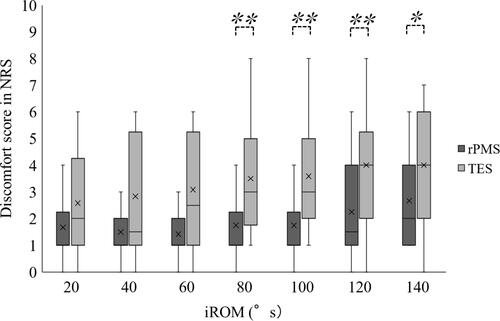Figures & data
Figure 1 Stimulus instruments.
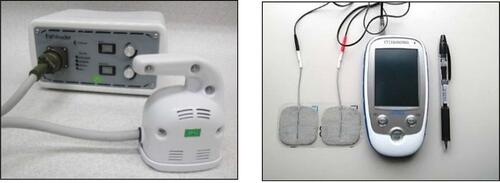
Table 1 Experimental Conditions
Figure 2 Definitions of the analytical parameters.
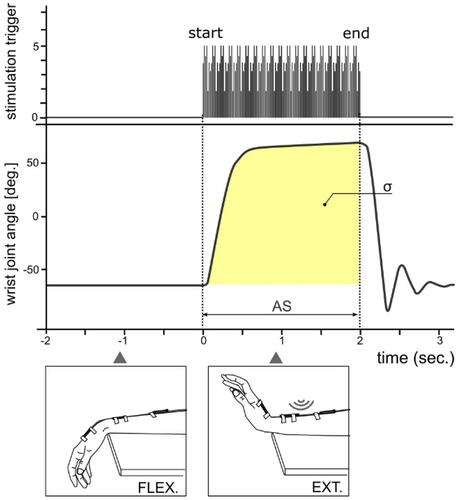
Figure 3 An example of a subject’s regression curve using the sigmoid function.
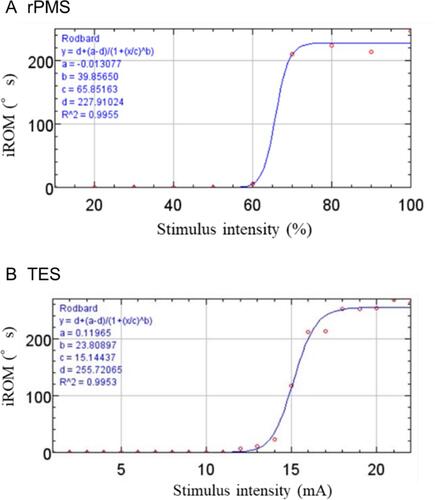
Figure 4 Pain caused by the differences in the integral value of the wrist movements and the stimulus conditions.
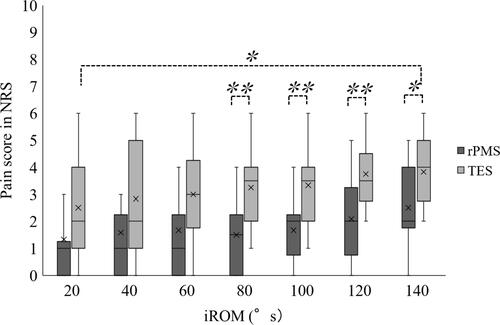
Figure 5 Discomfort caused by the differences in the integral value of the wrist movements and the stimulus conditions.
